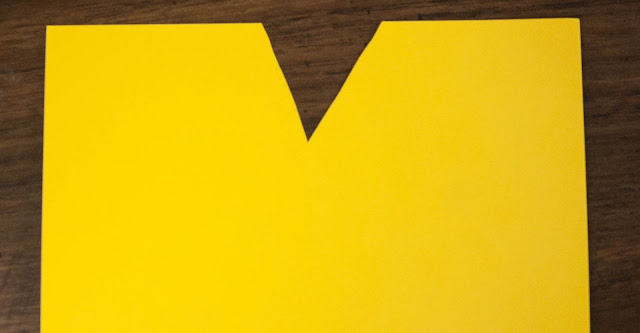The moral of the story: In a pinch, a good use of our wits may help us out.
I remember this one from my childhood. Such a great lesson.
After reading the story I asked the discussion question from the Mother Goose Time teacher guide. It asks: What does it mean to be smart?
Lachlan says "to try hard and never give up." We were just reading a book and he had gotten stuck on a word. He got mad and wanted to give up. He did give up.
Then I had an idea. Last weekend we won a month free of karate lessons and at his first lesson they taught him a lot about what it means to be a "black belt". I reminded him that a black belt
doesn't give up, that he keeps trying until he gets it. I was so pleased when Lachlan came back to me, calmed down, and ready to work until he got it. I was even more pleased when he gave me this as his answer to the discussion question. I do tell my boys they are smart, but I also try really hard to celebrate the moments they do work hard to figure something out that may not come easy. Having a high IQ is great and can get you far, but I think perseverance and dedication can get you farther.
Peter's response I think is also a beautiful answer, "to be creative."
I really love that the answers my boys give are not the traditional definitions of smart!
Next we moved into the craft. The craft always get's their attention and excitement going. Today we were making a crow shaker.
Peter started out by putting super large wings on his crow. I think he soon figured out that they were too big and made some adjustments.
Lachlan made his crow and was gone before I remembered to grab my camera. Peter on the other hand, takes his time and runs by his own clock with everything he does. But as I was cleaning up the table I noticed how Lachlan chose to cut out the triangle for the beak. He used the edge of the paper for one side and then made just two quick cuts. To me this shows another step in his cognitive abilities. I don't think I took a picture of how Peter did it. But he cut through the middle of the yellow paper and tried to cut out a beak shape.
Peter removed the wings and decided to focus on the tuft of "hair" or feathers that they example crow has on his head.
I gave him some advice on how to cut the wings down a little bit and he finally got his crow all together in one piece.
Later in the day we came back to the story and tried the Water Level Experiment. I filled our big Pyrex mixing bowl/large measuring cup with water to about the 5 cup mark. I asked Lachlan (6) and Peter (4) what would happen if we put rocks in the water. He was somewhat willing to join me on this lesson and agreed to go get 3 rocks.
He put those 3 rocks in and the water level rose a bit. Hmm . . . now he was intrigued. He decided to go get the rest of his container of rocks, his "rock collection". As Peter finishes his lunch.
He tossed some more in and I somehow manage to catch mid splash. Pretty cool.
He added all his rocks and went to get more. Peter yells to his brother "go get all of my rocks too!"
More rocks.
And more rocks. All the while we are watching the water level rise from 5 to 7, now past 8.
At the end of the day, for the lesson The Crow and the Pitcher, we got out the story book one more time. We were supposed to put a pebble on the table in front of us for every word I read that started with the /p/ sound. But all of our easy to access rocks were now in a bowl of water. So I asked the boys to use their fingers to keep track of all the /p/ words and I joined in too. When the story was over we had heard 9 /p/ words!
And in case you were wondering what my Little Goose, Adam (17 months) was up to during all of this, not to worry, he was working on his cognitive development as well. Saying "cheese" for the camera.
Ripping off his bib.
And handing it to me of course.
Playing a little peek a boo. "Where's Adam?"
"Oh, there you are!"

















No comments:
Post a Comment